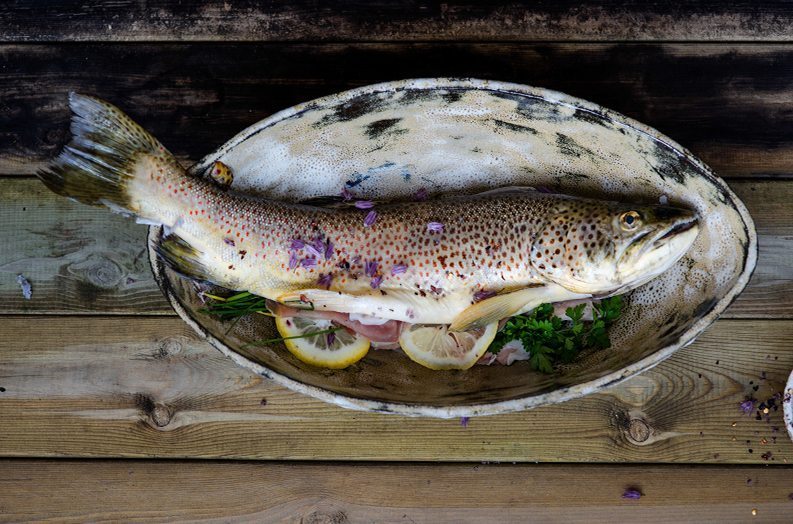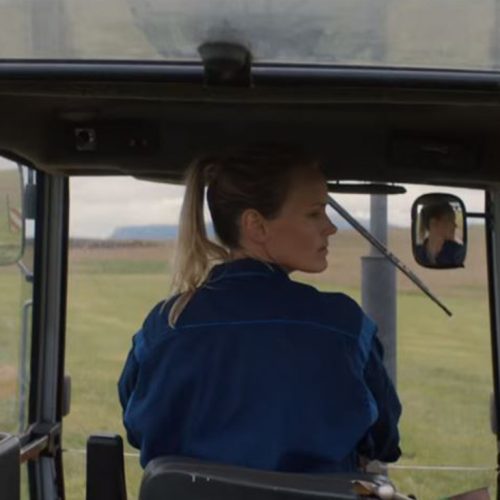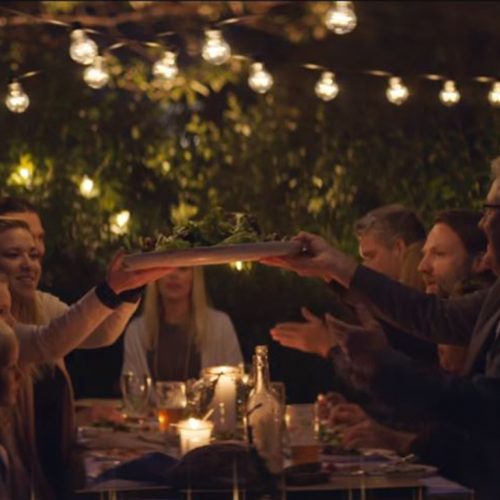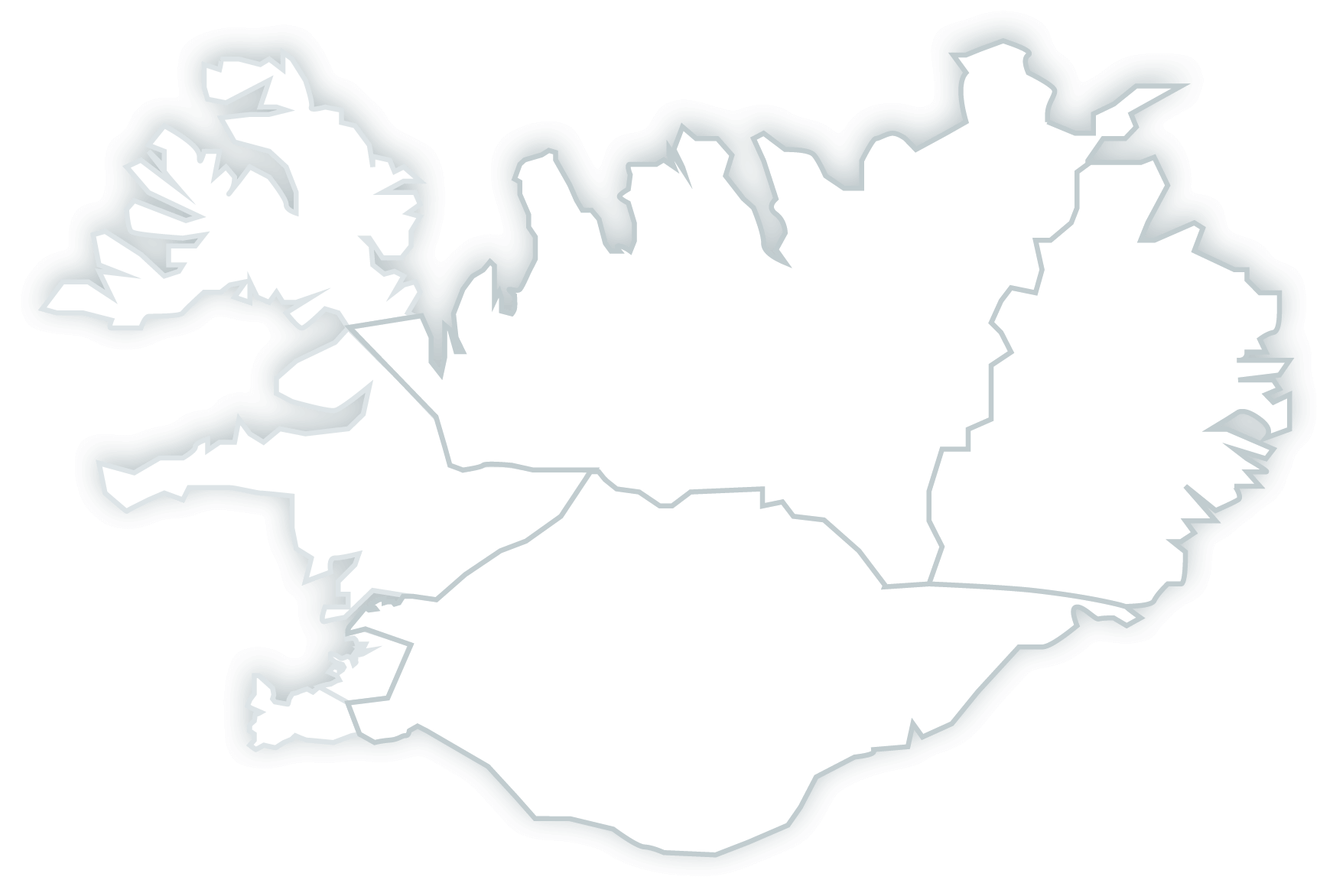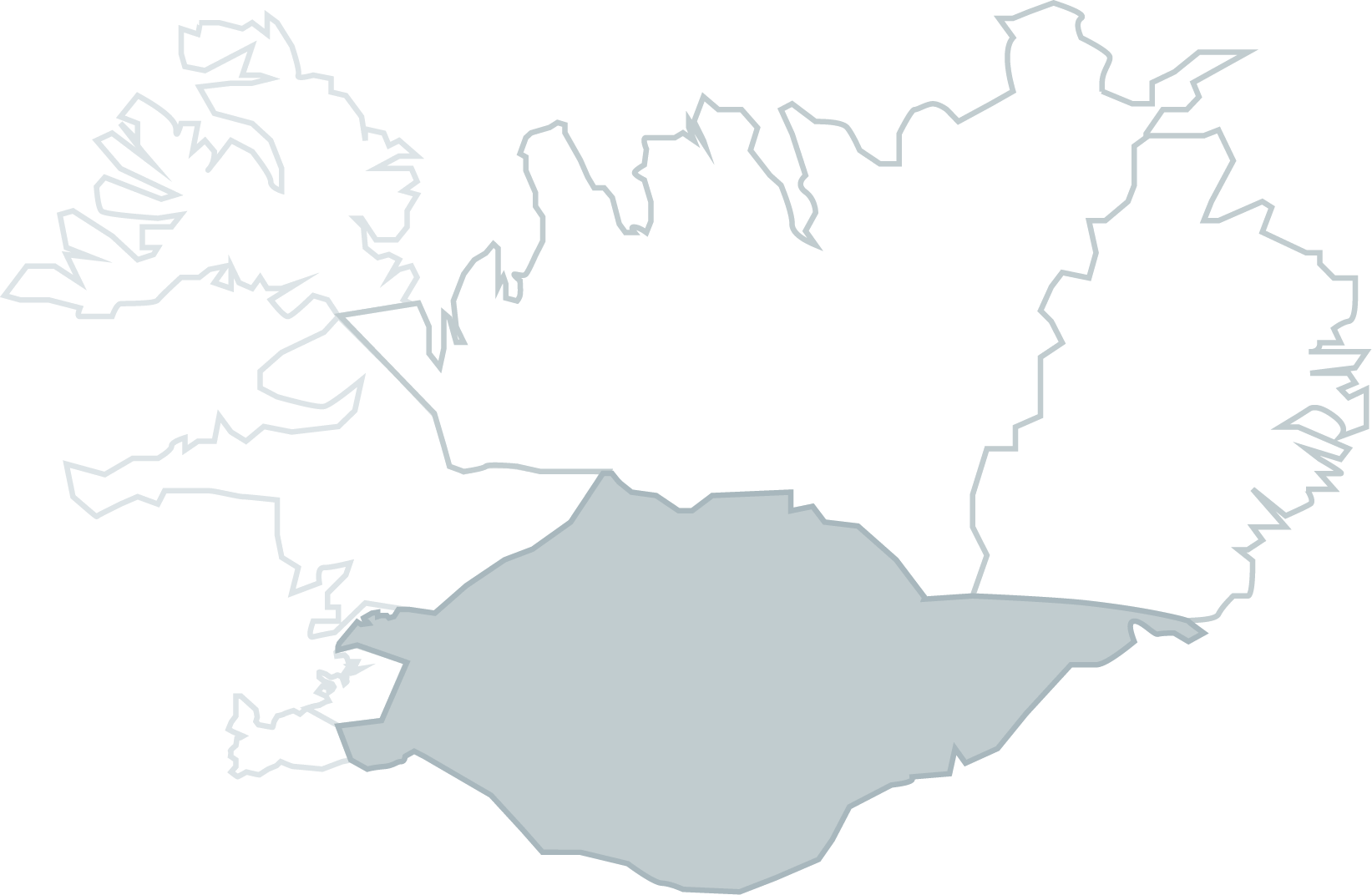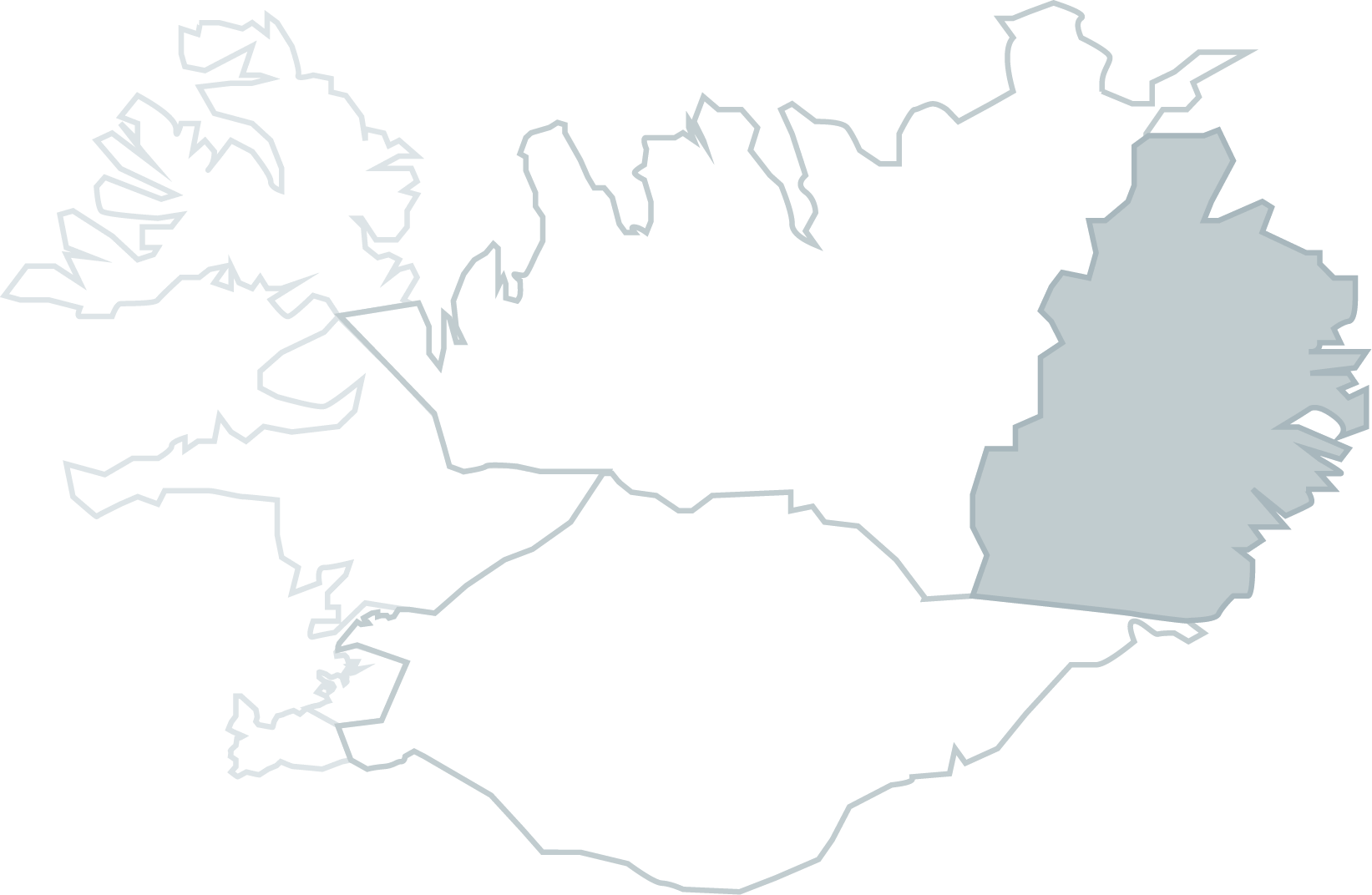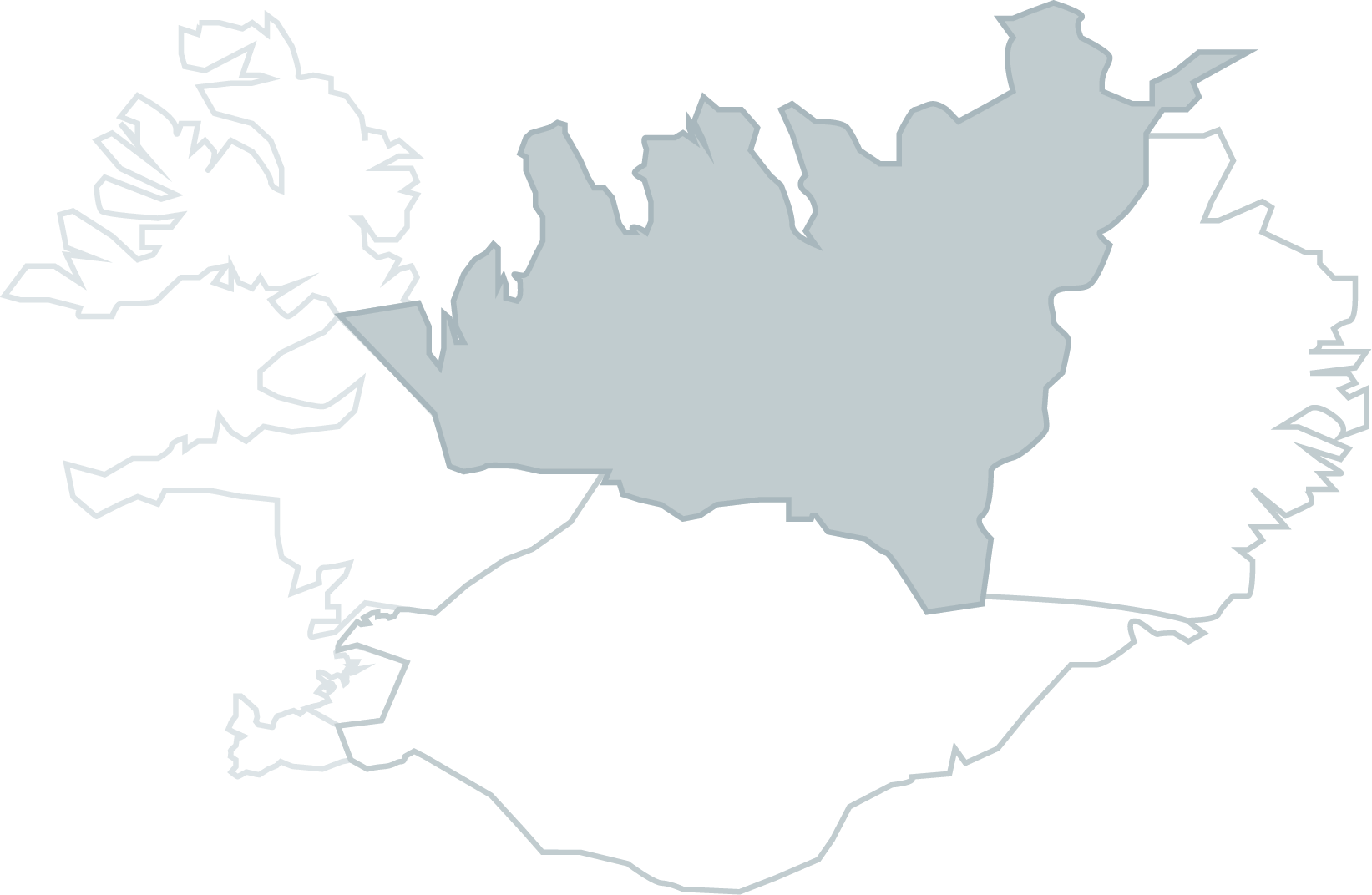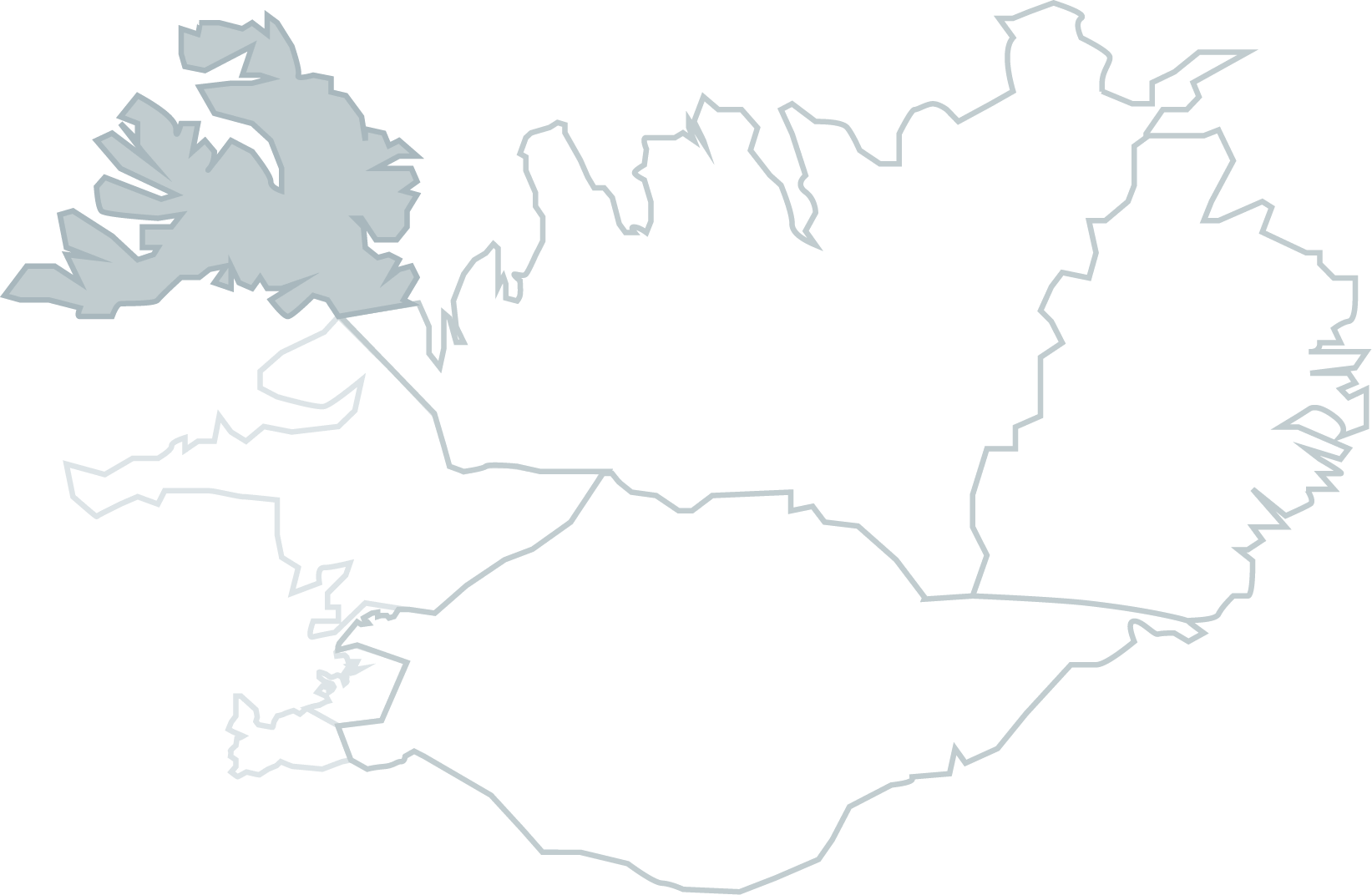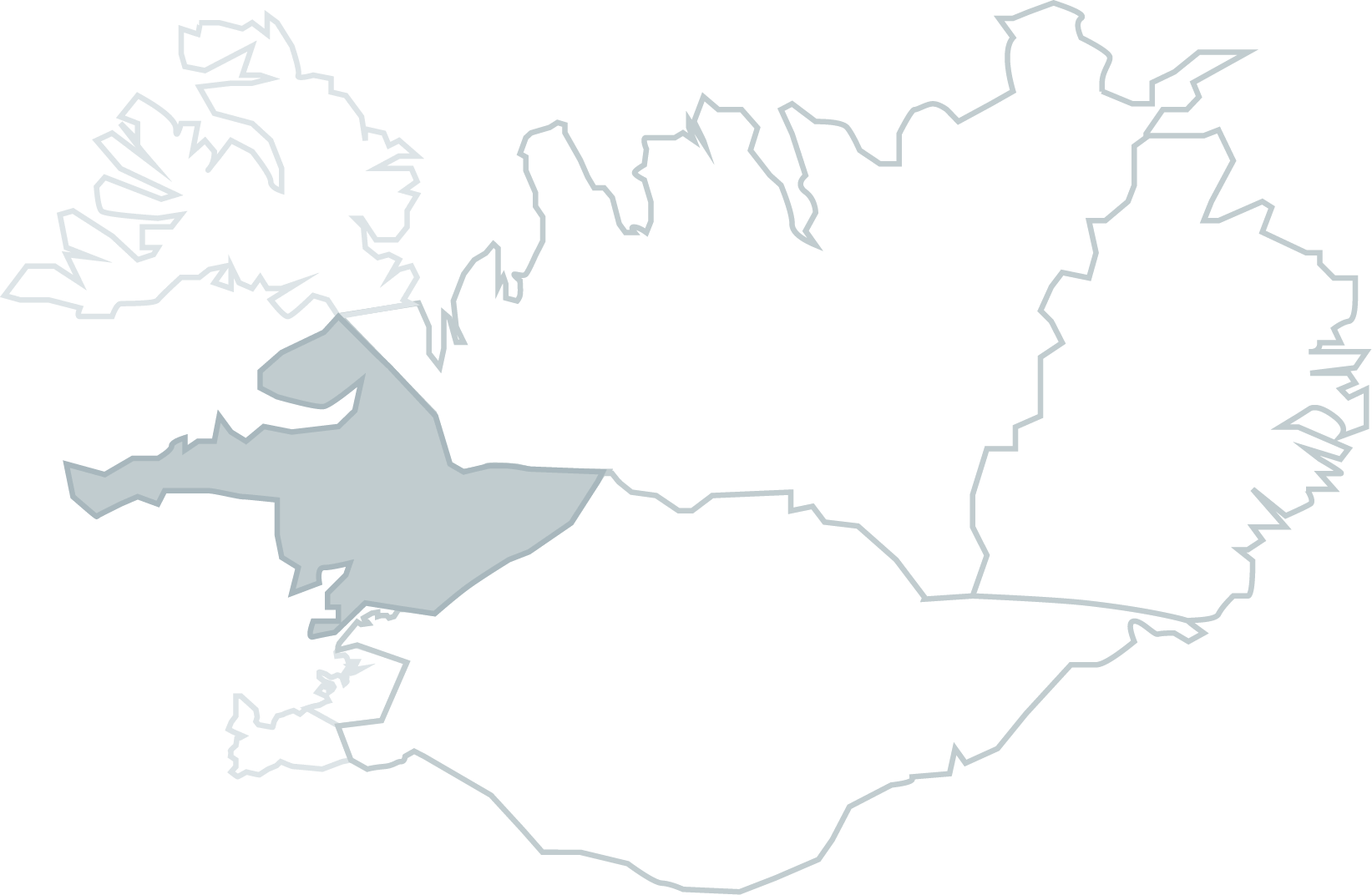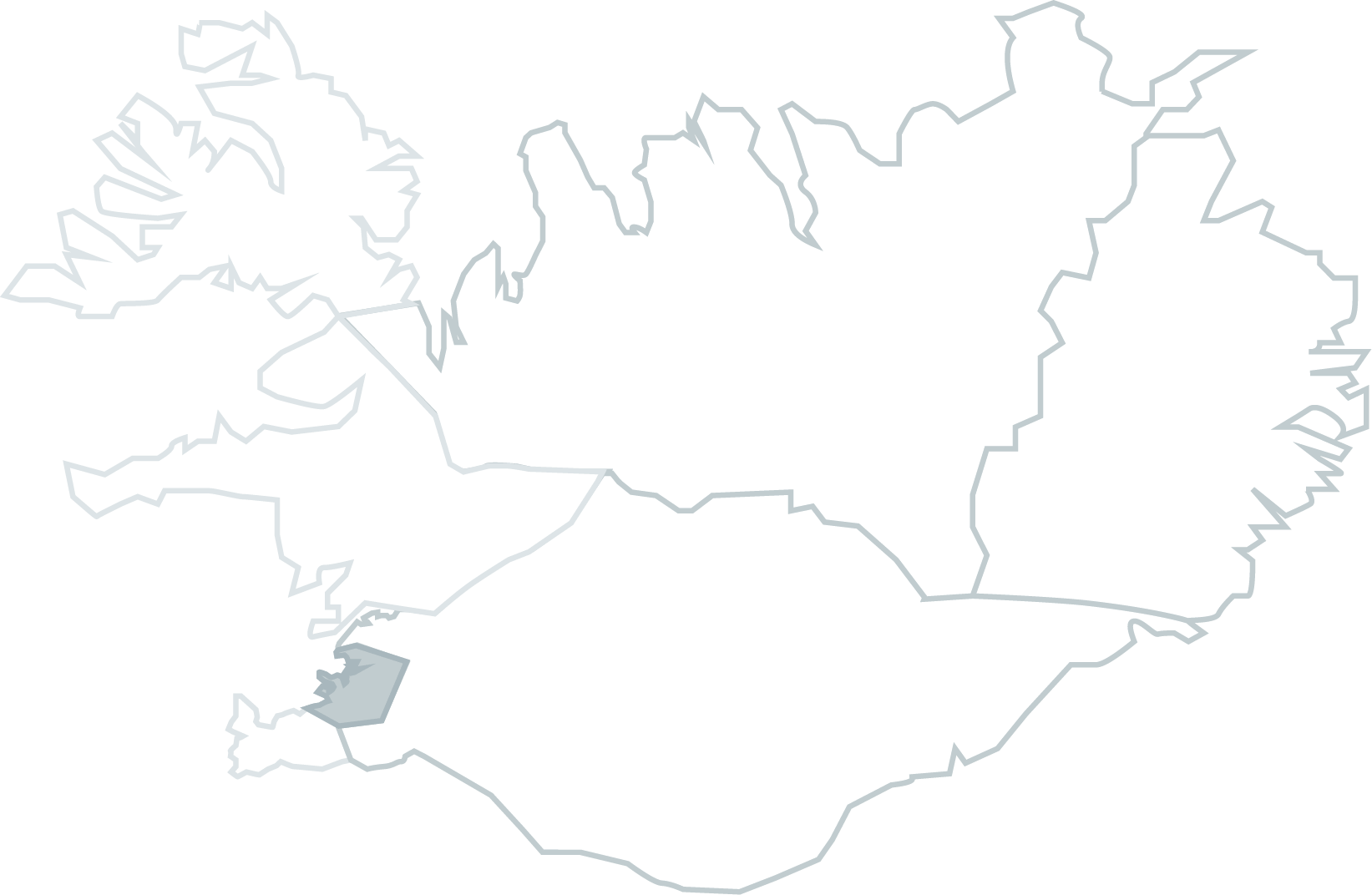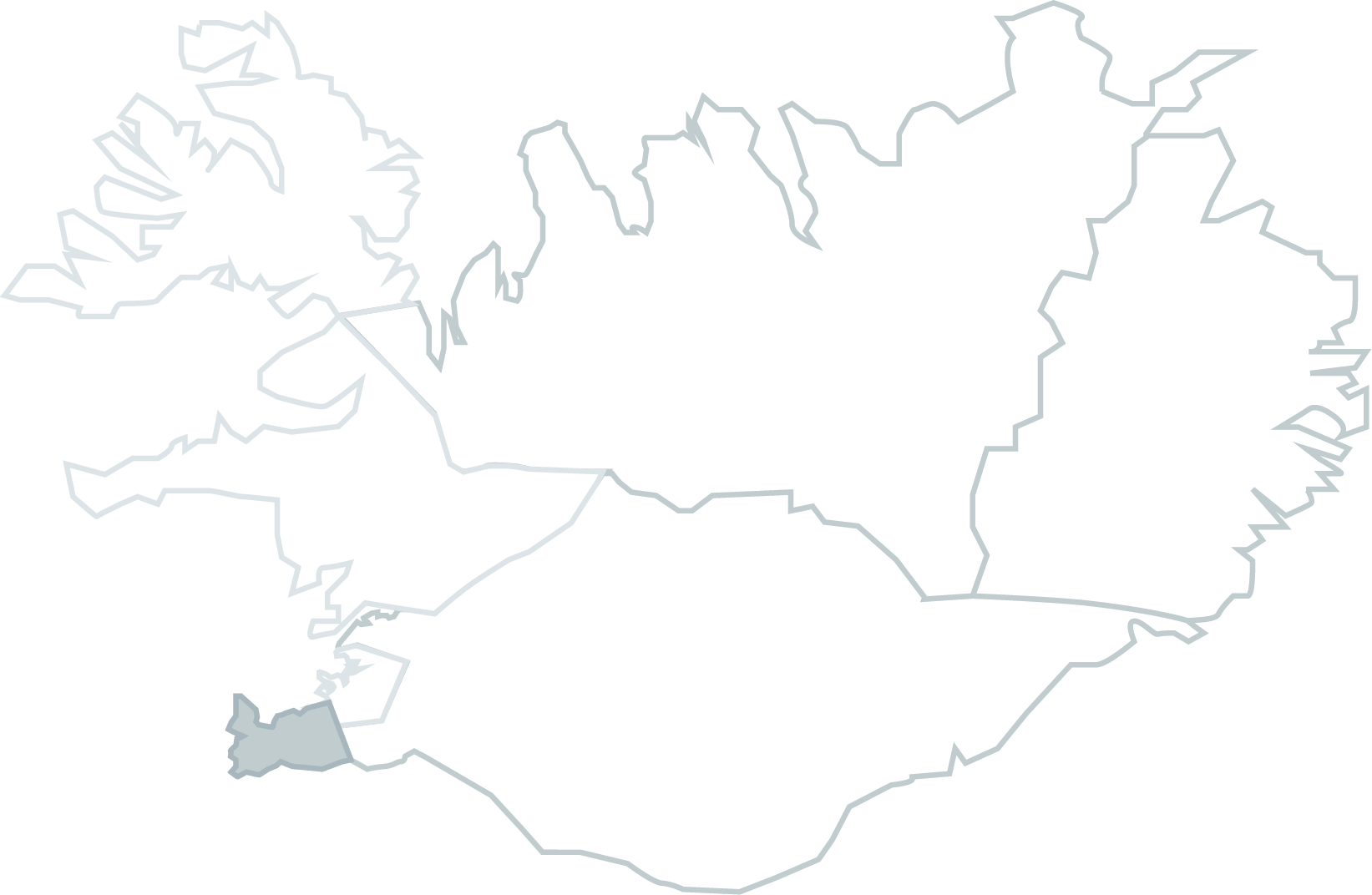Our heritage -Your treat
The cuisine is a substantial part of a country’s image as it is shaped by natural conditions and reflects both culture and history. When it comes to our culinary history and unique ingredients, Iceland has a richer heritage than most people might suspect. We live on an island surrounded by generous fishing grounds. Our access to fresh fish is unique. Bays and fjords are full of life; seals on rocks, salmon and trout in rivers and waters. Game seasoned by the taste of Icelandic fells and heaths. The brief summer shapes our agriculture. Sheep roam free and graze in the wild and untarnished mountain regions. Dairy products have been a constant presence on Iceland’s plates and dinner tables for centuries. Even though our vegetation is less diverse than in most countries, we’ve made inventive use of it for centuries. More Information on chefs & restaurants, wine & dine and Iceland responsible fisheries.
Battling the untamed Nature
It’s incredible to see how much change this small nation of ours has gone through in a short time. For the better part of Iceland’s history and up until only a 100 years ago a large part of the nation lived in turf houses. Throughout the ages, the Icelandic nation has fought with vigor and stubbornness and battled the untamed nature, volcanic eruptions, pests, hunger, cold and hardship. People have survived in this country by means of agriculture and fishing in harsh conditions, lacking most of what modern man would consider necessities.
In the past decades, the climate has become warmer, and many exciting changes have taken place in the domestic production of vegetables, grains and even fruit. Centuries passed with little in the way of change, marked by stagnation and regression. When progress came knocking on the door, things happened quickly, and the 19th-century society of poverty and isolation became an affluent 20th-century society.
Radical changes in a short amount of time
Our position and opportunities have radically changed in a short amount of time. Reshaped production knowledge, uninterrupted communication, and transportation have fundamentally transformed life on this island. Our ancestors’ history still exerts its influence on our daily lives; it has shaped us just like the land we inhabit. Change and progress march on, and it is important not to forget one’s origins, care for one’s history and respect both the past and what is yet to come.
Recently, an awakening has taken place in the Nordic countries, and people have realized that a great deal of value lies in local food production. In Iceland we need to open our eyes to the fact that our wealth is not lesser than that of our neighbors. Domestic production is important for food security and carbon footprint, it stabilizes rural societies, it enriches our culture and plays a huge part in sustainable development. As islanders it would have been very difficult to survive since settlement if we had not been mostly self-sufficient.
Iceland’s wild nature, vibrant culture, renewable energy, clean soil & water are attractive resources that Iceland can easily integrate when developing the country’s image as a food destination.
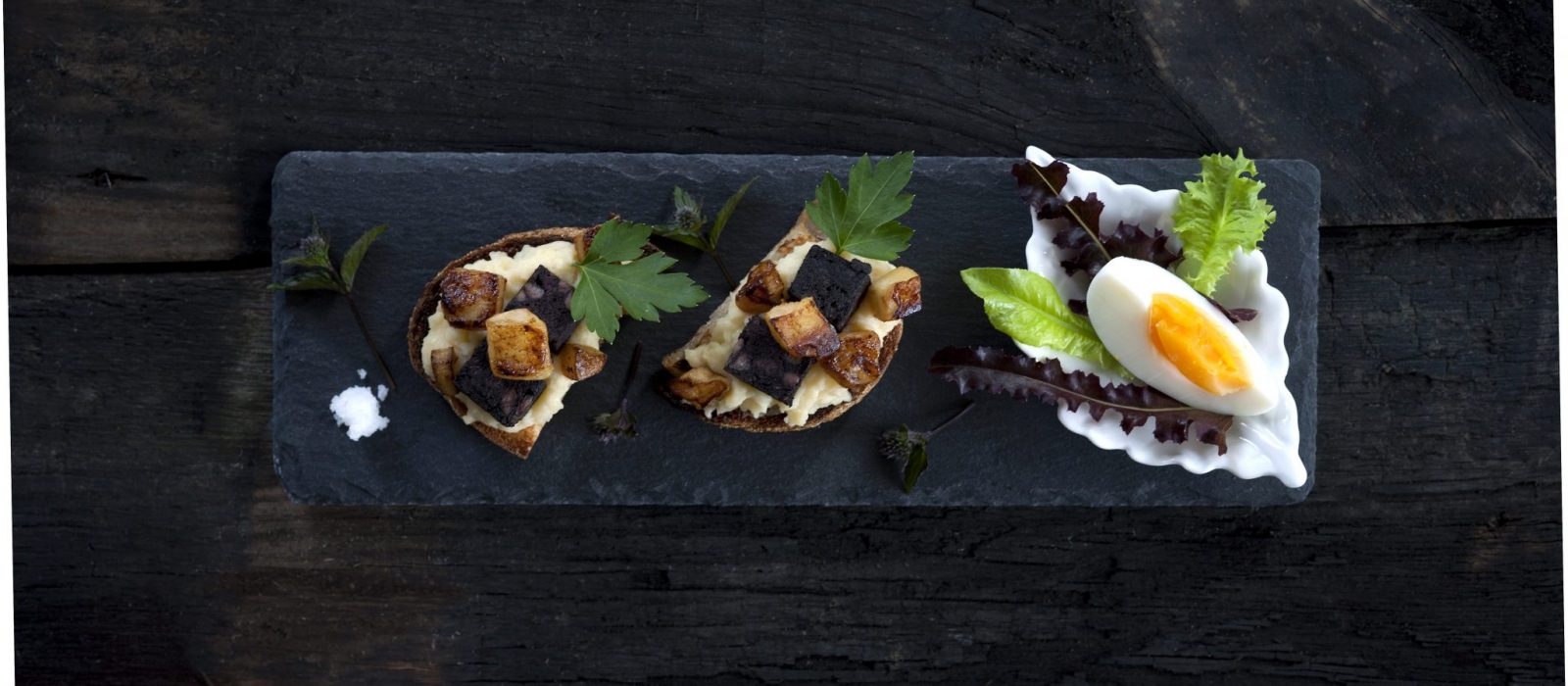
Food Culture & Traditions
Most of us have a desire to be able to relate what we consume to some origins and meaning. Sitting at a restaurant in Öræfasveit with a view over the magnificent glacier Vatnajökull, drinking a beer brewed from the glacial water, or having a bite of warm rye bread cooked in a hot spring topped with cold smoked trout at Mývatn are just two examples of how food relates to land and history.
Great opportunities lie in local food production and processing, and we should strive to support and promote innovation in this area. An increase in tourism raises the likelihood of such production proving sustainable.
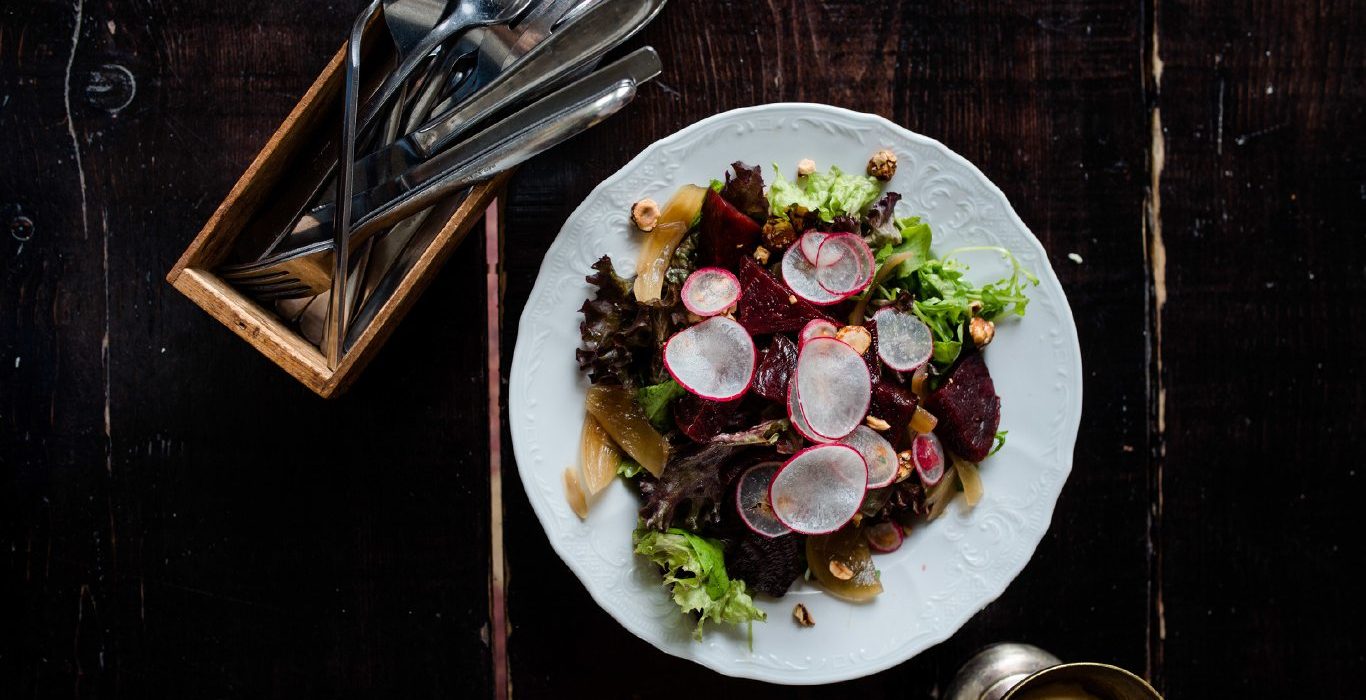
Traditional Icelandic Food
Most would agree that native food mostly, if not wholly, consists of raw ingredients grown in Icelandic conditions and based on old or new culinary methods. Today, local cuisine is rapidly increasing as it incorporates seasonal ingredients.
Traditional Icelandic Food
It is fashionable to inform tourists that Þorramatur, served at midwinter festivals is traditional Icelandic food. While it is true that Þorramatur (pickled food in lactic acid) contains many of the traditional Icelandic foods because of its preservation methods, we must not forget that in the past we also enjoyed fresh meat & fish, dairy products, vegetables, birds, eggs, herbs, berries and trout from lakes and rivers. Even though our vegetation is less diverse than in most countries, we’ve made inventive use of it for centuries and early on we cultivated barley, just like we do today.
Yes some of the food served as Þorramatur is weird stuff like ram´s testicles, sheep heads and fermented shark. But also lamb meat and lamb haggish (slátur) pickled in whey, smoked lamb (hangikjöt) on flatbread and dried fish (harðfiskur) with butter and dark sweet rye bread (rúgbrauð).
Back in the old days harsh weather conditions and natural disasters influenced our survival skills and because of our short summers and often irregular access to international trading of goods, preservation methods shaped our cuisine for centuries. we used pickling, fermentation, air drying, smoking and curing. For pickling we used salt but when we ran out of salt we used lactic acid. For smoking we used wood but when we ran out of wood we used sheep dung.
Things have however changed rapidly due to modernization and easy transportation and we can buy food from all over the world in Icelandic grocery stores. There has also been an awakening where people realize that a great deal of value lies in local food production.
Naming some traditional food depends on how far back in history one wants to look or if one wants to stay in the present. We have adapted many traditional recipes to a more modern and healthy lifestyle. It is true that preservation methods shaped our diet in the past, but today we are more into fresh and clean food.
Try our fresh fish, salted cod, smoked trout and dried fish jerky and fermented shark since it is available year-round in most supermarkets. Try our fresh and smoked lamb (hangikjöt) as well as foal meat for the daredevils. Skyr is one of our best dairy examples and a must try.
Try our flatbreads (flatbrauð, soðbrauð) and our leafbread (laufabrauð- available during Christmas season). These are unique in a way as their creation was improvised due to lack of flour. Our rye bread is sweeter than in the other Nordic countries and it is unique to still use geothermal hot areas for baking or cooking as well as using geothermal water for heating our greenhouses to grow vegetables.
Foreign influence
Many of the native dishes we have grown up with were influenced by Danish cuisine, such as glazed ham with a crunchy rind, sugar browned potatoes, red cabbage, marinated herring, meat and fish balls, Danish pastry, open sandwiches and sandwich loaves to name a few. Many believe that the occupation of Iceland by British and American soldiers 1940-1947 influenced Icelandic cuisine to a considerable extent, but the fact of the matter is that it changed rather little. However, Icelanders’ access to grain, sugar, fruits and canned meat improved while popcorn, soda, hot dogs and ice cream became popular. Consumerism and new ways of life took hold.
Uniqueness & Purity
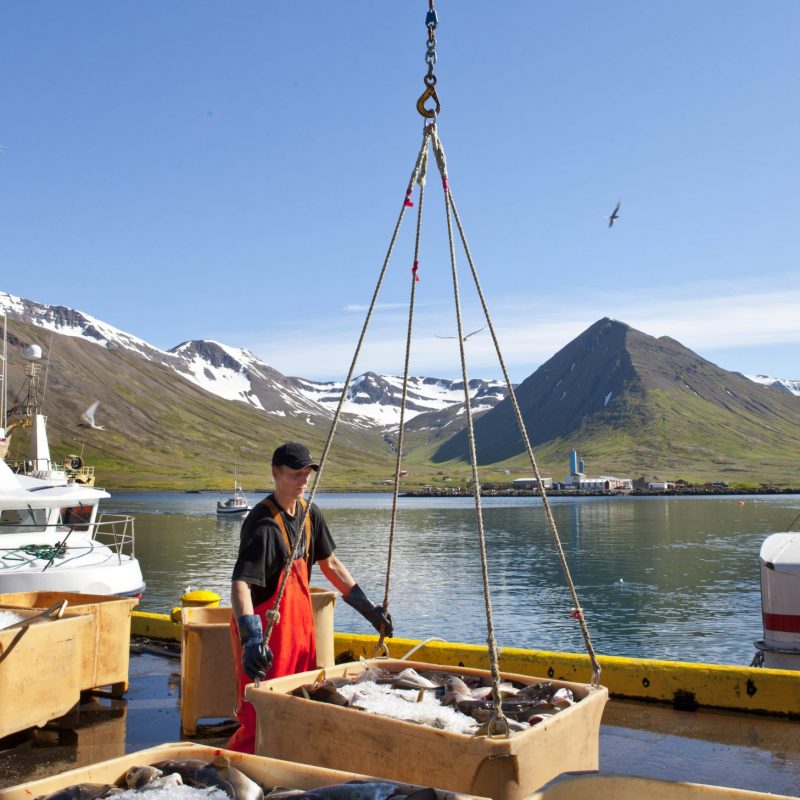
Ingredients
The uniqueness and purity of Icelandic materials are the foundation of Iceland’s image as a culinary country. Favorable conditions allow Icelanders to produce quality food based on sustainable development, although there is always room for improvement. Keep in mind that the Arctic’s importance as a source of food will increase in the coming years and decades.
